Oscar Vault Monday – Bonnie and Clyde, 1967 (dir. Arthur Penn)
I actually discussed Bonnie and Clyde a little bit in my article last year about 1967 and how it was the year that Old Hollywood became New Hollywood (I actually discuss all five Best Picture nominees from that year, as well as In Cold Blood), so I was reluctant to revisit 1967 for awhile. But I wrote that article over a year ago now, so I guess it’s time to revisit 1967 after all. I remember when I first saw this film it completely blew me away and upon every revisit I remain in awe of what an utterly amazing feat of filmmaking prowess is on display here. I saw an interview with Arthur Penn, I believe, where he talked about how he decided he wanted to shoot the picture in color because he wanted it to feel modern. They weren’t making a documentary of Depression Era America. This film was going to feel as modern as it possibly could, without being avant-garde. I think Penn accomplished just that, and made it just modern enough to feel timeless, actually. The film was nominated for nine Academy Awards, winning two: Best Costume Design, Best Cinematography (won), Best Supporting Actor Gene Hackman, Best Supporting Actor Michael J. Pollard, Best Supporting Actress Estelle Parsons (won), Best Actor Warren Beatty, Best Actress Faye Dunaway, Best Original Screenplay, Best Director and Best Picture. The other films nominated for Best Picture that year were Doctor Dolittle, The Graduate, Guess Who’s Coming To Dinner and winner In The Heat of the Night.
Apparently this film was originally offered to François Truffaut, but he passed on the project to make Fahrenheit 451 (one of my all-time favorite films) instead. Jean-Luc Godard was then approached, and there are various accounts of why he was not chosen to direct. Regardless of how they finally ended up with Arthur Penn, I’m glad that they did. This is his masterpiece and I firmly believe it wouldn’t have gelled the way that it did without him at the helm.
You can’t talk about this film without mentioning the opening scene with an obviously naked Faye Dunaway. This was incredibly shocking. This was New Hollywood. The sexual revolution wasn’t just people being open about their sexual desires and acting on them, it was also about acknowledging that the previous generations did indeed have sex as well. Here we are introduced to Bonnie Parker, a young woman who is bored and sexually frustrated. She walks around her room naked because she knows that part of why she is bored is this sexual frustration. But also because she knows other people will get a thrill if they catch a glimpse of her. She’s already an exhibitionist. And when she meets Clyde Barrow, she truly meets her other half.
Warren Beatty is just ridiculously handsome. I have to say that before I say anything else because it is the truest of statements. He’s also insanely talented. To think that he is credited as the sole producer on this film and also starred in it just boggles my mind. And boy does he give an amazing performance. Beatty, along with his sister Shirley MacLaine, started out in Old Hollywood and transitioned almost seamlessly into New Hollywood. This is partially due to the kinds of Old Hollywood films they made, they took trailblazing roles. They took risks, because they knew everything was about to change.
Apparently everyone under the sun either auditioned or was considered for the role of Bonnie Parker, including Jane Fonda, Tuesday Weld, Ann-Margret, Leslie Caron, Carol Lynley, Sue Lyon and Cher. Warren Beatty wanted Natalie Wood to play the role, but she declined, partially because she was focusing on her therapy at the time and partially because while making Splendor in the Grass, she found working with Beatty “difficult.” At one point Shirley MacLaine herself was considered, but when Beatty decided to take the role of Clyde, it was decided not to use her. Enter Faye Dunaway, who, for me, represents everything that was fresh and new about New Hollywood. She’s as beautiful as any actress in Old Hollywood, but there’s this kind of modernity to her confidence that you just don’t see in Old Hollywood stars. There are plenty of Old Hollywood stars with confidence, don’t get me wrong, I’ve seen a lot of films and I know they existed. But I think the actresses during the studio system were reigned in more than they’d’ve liked, which buffered their confidence a little. Faye Dunaway stunned critics and audiences alike with her performance in this film and would go on to be one of the greatest stars of the American New Wave in the 1970s, and was nominated for Best Actress Oscar two more times, for Chinatown (1974) and Network (1976), winning for the latter.
I feel I most also recommend you watch Joseph H. Lewis’s 1950 film noir Gun Crazy, as it is most definitely an influence on this film. Which brings me to Bonnie and Clyde‘s frank look at sexuality. As I mentioned earlier, Bonnie Parker is sexually frustrated and bored, when she meets Clyde Barrow, she is no longer bored, but she remains sexually frustrated. Every time in the film that the two try to act on their attraction to each other, Clyde is unable to perform. This film is cited as one of the first to openly discuss male impotence, though, really, it’s only kind of alluded at. He never flat out says why he can’t sleep with her, but all of their encounters end abruptly, much to Bonnie’s chagrin.
Aside from its two great lead performances, Bonnie and Clyde also has a stellar supporting cast. Gene Hackman is astounding as Clyde’s brother Buck. This was roughly Hackman’s fifth film performance and his breakout role. He would go on to receive five Academy Award nominations, winning twice.
Bonnie and Clyde marked an early performance for Michael J. Pollard as well, who also received a Best Supporting Actor nomination for his performance in the film. Pollard plays C. W. Moss, a dimwitted gas station attendant who gets swept up in the reckless lifestyle that Bonnie and Clyde lead. He is so young and so impressionable, it is kind of sad to see him swayed so easily without ever fully understanding the weight of his decisions.
Estelle Parsons is a revelation as Buck’s wife Blanche. Parsons was the only performer to win an Oscar for her performance in this film. She was nominated in the same category the following year for the Paul Newman directed, Joanne Woodward starring film Rachel, Rachel (I cannot recommend that film enough; it is phenomenal).
Gene Wilder is seen briefly in his film debut as a hostage who narrowly escapes with his life. He was nominated for Best Supporting Actor (his only acting Oscar nomination) the following year for Mel Brooks’ The Producers.
Lastly, I wanted to discuss the final scene in the film. Again, this is New Hollywood. You see them being shot. You see the blood, you see the violence. The very final shot is of Bonnie’s limp body, shot to pieces, hanging out of their car. Contrast that to the very first shot you had of her – her naked body, fresh and new. It’s a brilliant way to frame the film, to show its progression.
If you’re interested in purchasing this film, you can do so here at out Oscar Vault Monday shop.
Posted on June 13, 2011, in Oscar Vault Monday and tagged 1967, Arthur Penn, Bonnie and Clyde, Estelle Parsons, Faye Dunaway, Gene Hackman, Gene Wilder, Michael J. Pollard, Warren Beatty. Bookmark the permalink. 9 Comments.












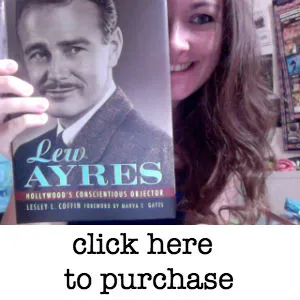

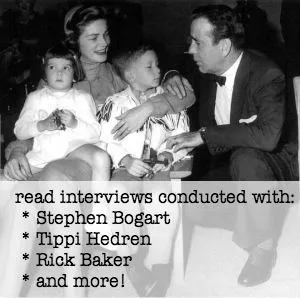
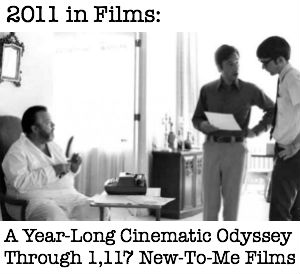
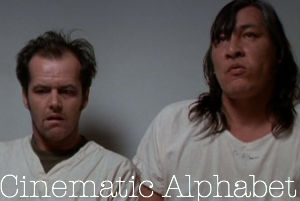

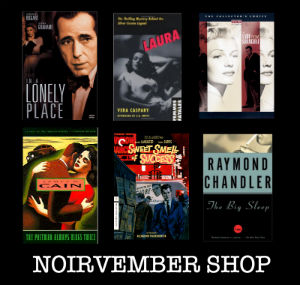
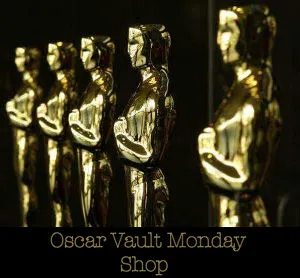







This was a great post, Marya! I love when my favorite people talk about my favorite things.
Good job discussing this movie in a short venue – you have touched on everything that made this movie revolutionary.
Pingback: Classic Chops: July 6th | FameMonster.info
Pingback: Oscar Vault Monday – Network, 1976 (dir. Sidney Lumet) « the diary of a film awards fanatic
Pingback: Oscar Vault Monday – Butch Cassidy and the Sundance Kid, 1969 (dir. George Roy Hill) « the diary of a film awards fanatic
Pingback: Oscar Vault Monday – Mississippi Burning, 1988 (dir. Alan Parker) « the diary of a film history fanatic
Pingback: Oscar Vault Monday – The Graduate, 1967 (dir. Mike Nichols) | the diary of a film history fanatic
Pingback: Oscar Vault Monday – Places in the Heart, 1984 (dir. Robert Benton) | the diary of a film history fanatic
Pingback: Oscar Vault Monday – Rachel, Rachel, 1968 (dir. Paul Newman) | the diary of a film history fanatic